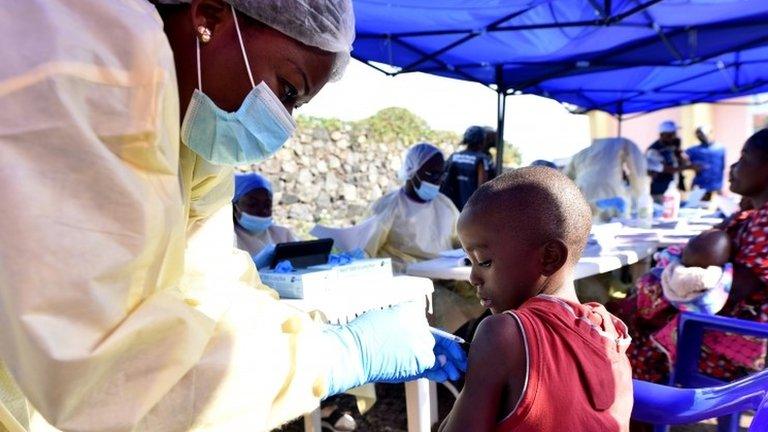DR Congo to introduce second Ebola vaccine
- Published
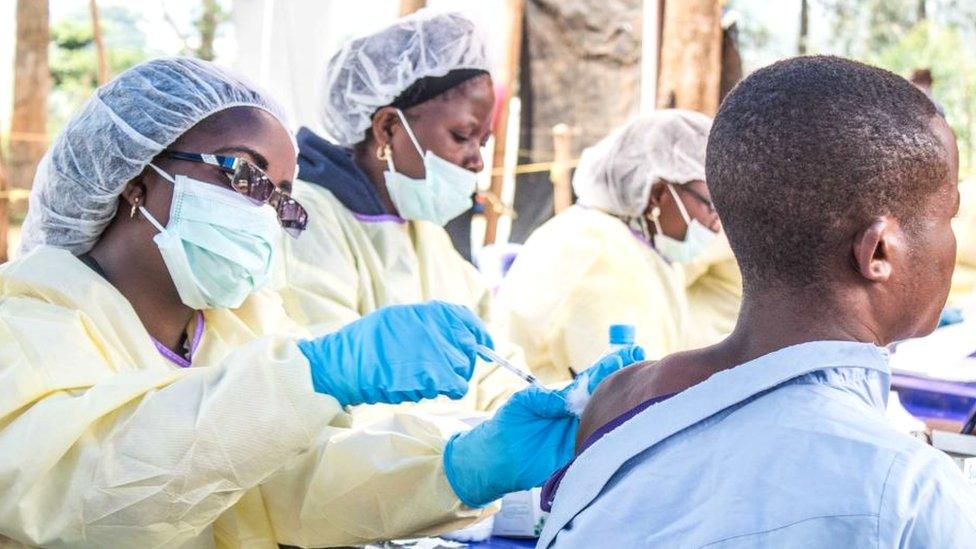
Health workers and those who may have had contact with Ebola patients have received the first vaccine
Authorities in the Democratic Republic of Congo are planning to use a second Ebola vaccine to help control an outbreak that has killed more than 2,100 people.
In July, former Health Minister Oly Ilunga opposed its use saying it had not been proved effective.
But DR Congo health officials say the vaccine, developed by Johnson & Johnson, is safe.
This outbreak, in the east of DR Congo, is the second largest on record.
The largest was the epidemic that ravaged parts of West Africa from 2014 to 2016, killing more than 11,000 people.
The Johnson & Johnson vaccine will complement the vaccine manufactured by Merck which has been administered to 225,000 people in the past year, according to a government statement.
But DR Congo's Ebola response team have not yet said when it will be introduced.
Addressing concerns over safety, the team said, in a statement quoted by Reuters, that "it is a vaccine that other countries already use. Why can't we use it... to protect our population?"
Leading health experts have said that the second vaccine is safe and could be an important tool in holding back the spread of the virus.
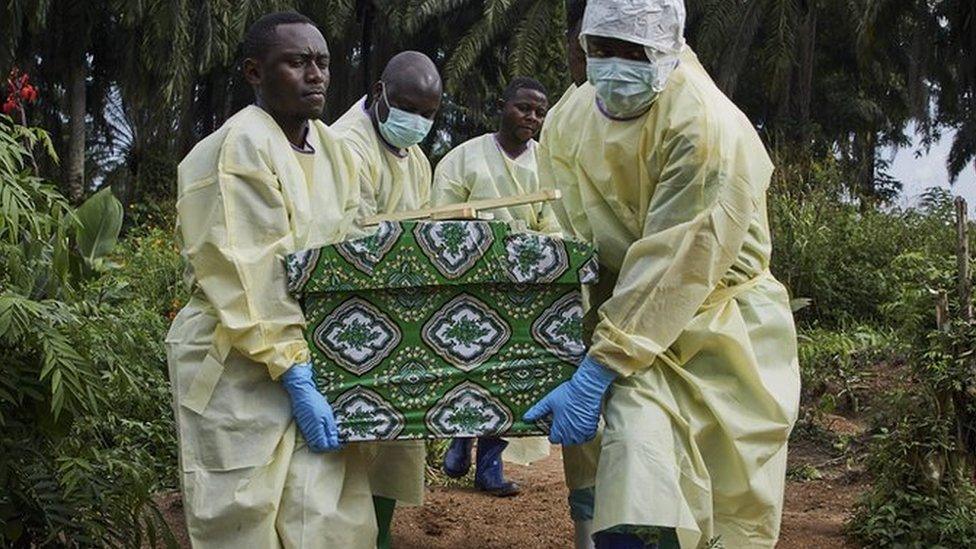
The outbreak has been called one of the world's "most complex humanitarian crises"
Earlier this year, Johnson & Johnson said it had 1.5 million doses available to be deployed.
The current vaccine, which is in short supply, is only being given to health workers and people who might have been exposed to the virus.
The new vaccine could create a protective wall, vaccinating people outside the immediate outbreak zone.
The Congolese authorities intend to use the second vaccine outside the infected areas in Ituri and North Kivu provinces. They first want to protect the small Congolese traders who regularly cross into Rwanda.
There have been concerns that the new vaccine - which requires two injections at least 25 days apart - may be difficult to administer in a region where the population is highly mobile, and insecurity is rife.
The Merck vaccine requires just one injection.
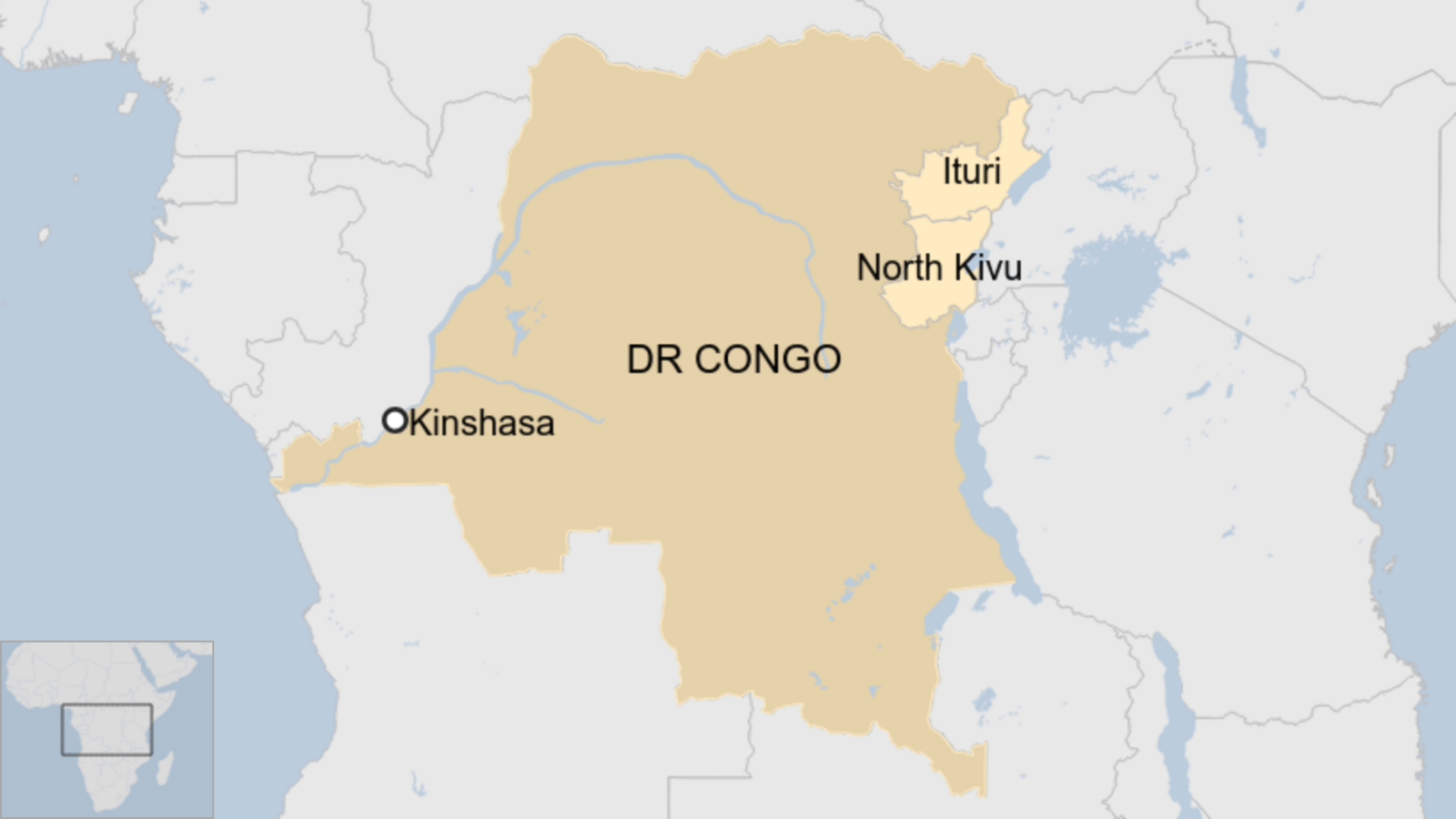
The outbreak is concentrated in Ituri and North Kivu provinces
DR Congo has struggled to get the outbreak under control.
Insecurity in the east of the country and people's suspicions of treatments have hampered efforts.
About 200 health facilities have been attacked in the country this year, causing disruption to vaccinations and treatments. In one incident, family members assaulted health workers who were overseeing the burial of their relative.
Fear and myths: Why people are still in denial about Ebola
A 2018 study published in the Lancet medical journal says "belief in misinformation was widespread" concerning the Ebola outbreak.
In a statement in August, the World Health Organization (WHO) called on countries and NGOs that have offered help to "increase their presence in the field to stop Ebola and to address one of the largest and most complex humanitarian crises in the world".
The current outbreak in eastern DR Congo began in August last year and is the biggest of 10 to hit the country since 1976, when the virus was first discovered.
But it is dwarfed by the West African epidemic of 2014-16, which affected 28,616 people, mainly in Guinea, Liberia and Sierra Leone. About 11,310 people died in what was the largest outbreak of the virus ever recorded.
What is Ebola?

Ebola is a virus that initially causes sudden fever, intense weakness, muscle pain and a sore throat
It progresses to vomiting, diarrhoea and both internal and external bleeding
People are infected when they have direct contact through broken skin, or the mouth and nose, with the blood, vomit, faeces or bodily fluids of someone with Ebola
Patients tend to die from dehydration and multiple organ failure
- Published4 August 2019
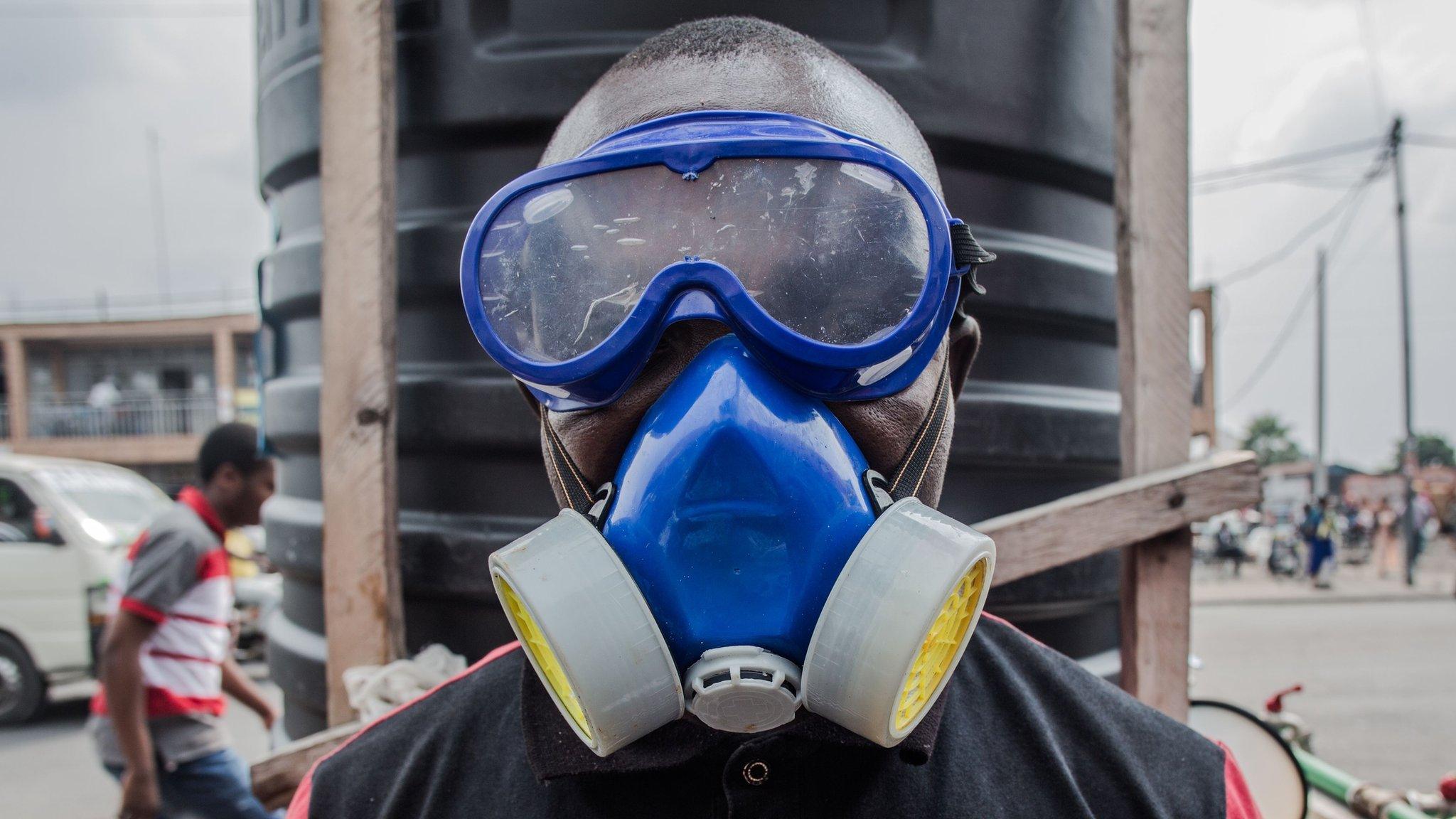
- Published8 August 2019
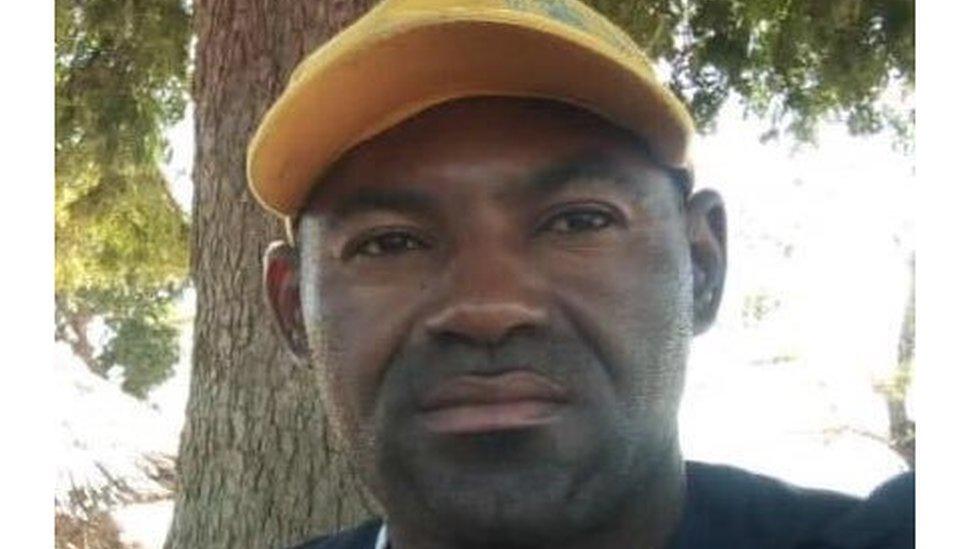
- Published2 August 2019
